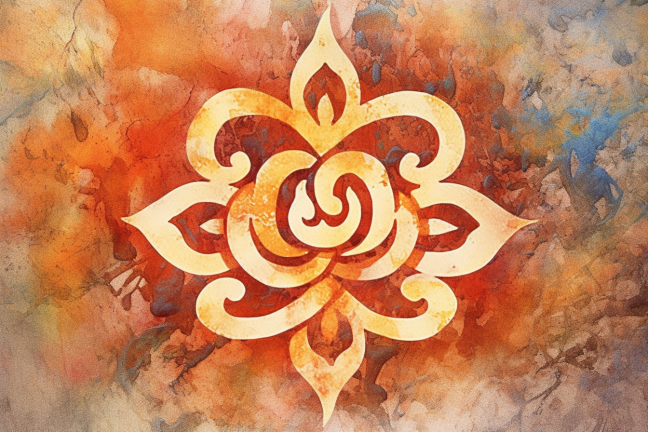8 limbs of yoga

Embracing Wholeness: The Eight Limbs of Yoga
The term "yoga" often conjures up images of bendy postures and serene meditation, primarily known for its physical benefits such as increased flexibility, muscle strength, and better posture. However, the rich tapestry of yoga stretches beyond the physical and into the mental and spiritual realms as well. At its heart, yoga is a holistic approach to health, wellness, and self-realization, and this is exemplified in the Eight Limbs of Yoga.
The Eight Limbs of Yoga originate from the ancient sage Patanjali's seminal work, the Yoga Sutras. These sutras act as a guidebook for the spiritual journey of yoga, charting a course towards inner peace, harmony, and ultimate enlightenment. Each limb represents a distinct part of the journey, serving as steps towards the ultimate goal of union (yoga) between the individual self and the universal consciousness.
1. Yamas (Restraints)
The first limb, Yamas, translates to restraints or moral disciplines. They guide how we interact with others and the world around us. The five Yamas are Ahimsa (non-violence), Satya (truthfulness), Asteya (non-stealing), Brahmacharya (right use of energy), and Aparigraha (non-greed).
2. Niyamas (Observances)
The second limb, Niyamas, focuses on self-discipline and spiritual observances. They provide guidelines for personal conduct, introspection, and cultivating a positive relationship with oneself. The five Niyamas are Saucha (purity), Santosha (contentment), Tapas (discipline), Svadhyaya (self-study), and Ishvara Pranidhana (surrender to a higher power).
3. Asana (Posture)
Asana, the third limb, is what most people typically associate with yoga – the physical postures. However, asana is not just about physical flexibility or strength. It's about cultivating the ability to remain comfortable and steady both in our bodies and our minds, regardless of the situations we find ourselves in.
4. Pranayama (Breath Control)
Pranayama, the fourth limb, involves breath control exercises. It is based on the understanding that breath is the source of life force, or prana. Through conscious inhalation, retention, and exhalation, pranayama cultivates a vibrant, balanced energy flow within the practitioner.
5. Pratyahara (Withdrawal of the Senses)
The fifth limb, Pratyahara, entails withdrawal or control of the senses. This practice helps us detach from external stimuli and encourages interiorization of the mind, preparing us for the stages of meditation that follow.
6. Dharana (Concentration)
Dharana, the sixth limb, involves focused concentration. This practice helps quiet the mind, steady the emotions, and aids us in maintaining mindfulness and focus on a single point, object, or idea.
7. Dhyana (Meditation)
The seventh limb, Dhyana, is the practice of meditation. It builds upon Dharana, transcending active concentration into a state of passive awareness where we merge with the object of meditation and exist in a state of simply 'being'.
8. Samadhi (Enlightenment)
The eighth and final limb, Samadhi, is often described as a state of ecstasy or enlightenment. In this state, the meditator merges with their point of focus and transcends all sense of self, achieving a deep and profound connection with the universal consciousness.
The Eight Limbs of Yoga offer a roadmap for spiritual growth and self-discovery. They remind us that yoga is more than a physical practice; it's a comprehensive system designed to cultivate health, happiness, and a deeper understanding of ourselves and the world around us. It is a journey, not a destination, and each limb serves to guide us further along that path. Whether you choose to embrace all eight limbs or just a few, integrating these principles into your yoga practice can lead to a deeper, more meaningful experience on and off the mat.